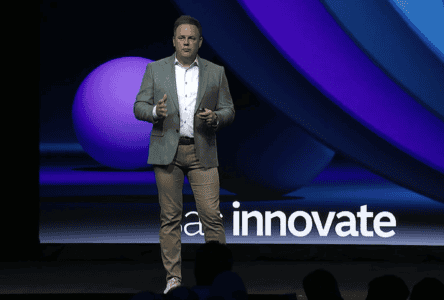McAfee has announced the acquisition of NanoSec. By attracting the startup, McAfee wants to further expand the possibilities of container and cloud security. The amount of money involved in the takeover has not been disclosed.
McAfee will integrate NanoSec’s products and technology into its MVISION Cloud and MVISION Server Protection solutions, ZDNet knows.
Specifically, the security capabilities of NanoSec must be used for applications and workloads in containers and Kubernetes environments. This gives customers app-level segmentation to detect and prevent threats.
Rajiv Gupta, SVP and GM of McAfee’s cloud security department, states that NanoSec’s technology is a natural extension to MVISION Cloud. It enhances our current CASB and CWPP products and expands our Shift-Left capabilities to deliver DevSecOps best practices to improve governance and security.
Way to the Cloud
McAfee split off from Intel in early 2017 and has since increased its focus on cloud services. The company also continues to expand its platform. Acquisitions are an important part of this.
The first acquisition since the separation from Intel was Skyhigh Networks, which had to shape the company’s new cloud division.
Later McAfee also took over TunnelBear, which made a VPN service. McAfee was particularly interested in the company’s hardened network, with which it wanted to strengthen its consumer-oriented Safe Connect product.
Exhibition
In July there were rumours that McAfee would get ready for an IPO. With this, the company wants to raise a billion dollars and get a valuation of more than 5 billion dollars. It is not yet clear exactly when the IPO will take place. It’s possible this year already.
This would be the second time that the security specialist has entered the fair. The company was also listed on the stock exchange in 1999. In 2011, however, it was bought by Intel for $7.5 billion.
A second IPO is being considered because competitors Symantec, Avast and Palo Alto Networks have been doing well on Wall Street lately.
This news article was automatically translated from Dutch to give Techzine.eu a head start. All news articles after September 1, 2019 are written in native English and NOT translated. All our background stories are written in native English as well. For more information read our launch article.
















